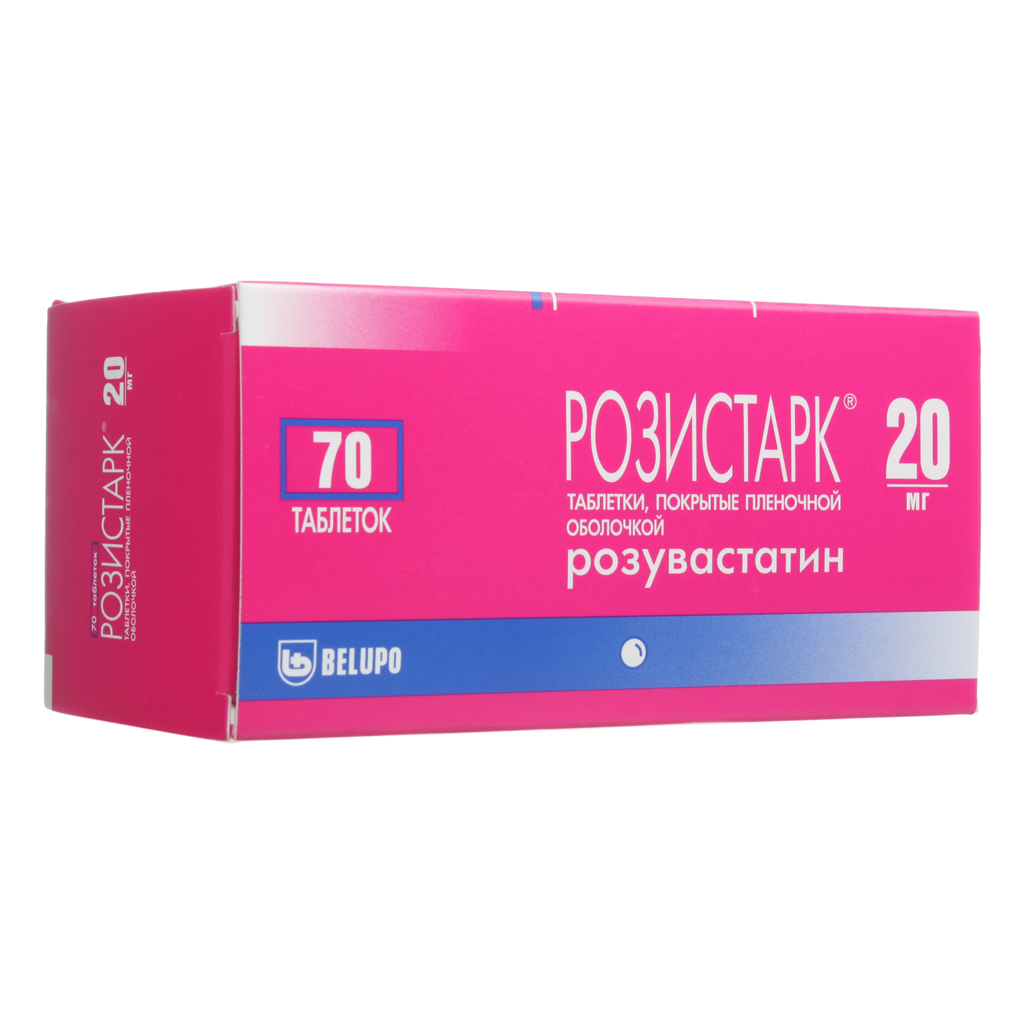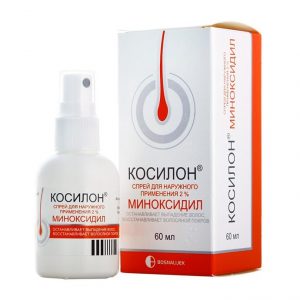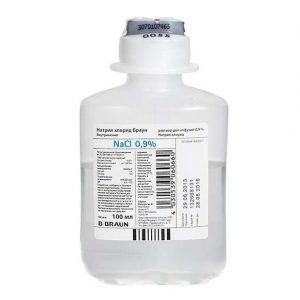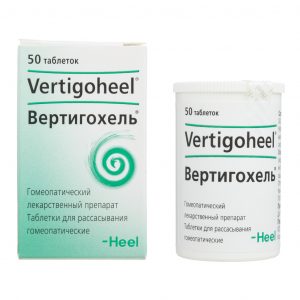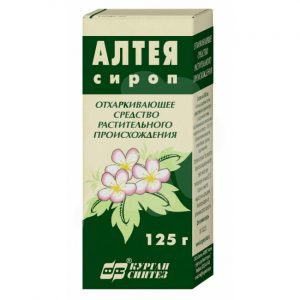Description
HMG-CoA reductase inhibitor. According to the principle of competitive antagonism, a statin molecule binds to that part of the coenzyme A receptor, where is this enzyme attached. Another part of the statin molecule inhibits the conversion of hydroxymethylglutarate to mevalonate, an intermediate in the synthesis of cholesterol molecules. Inhibition of the activity of HMG-CoA reductase leads to a series of sequential reactions, resulting in a decrease in the intracellular cholesterol content and a compensatory increase in the activity of LDL receptors and, accordingly, accelerated catabolism of LDL cholesterol (Xc).
The hypolipidemic effect of statins is associated with a decrease in total cholesterol due to LDL cholesterol. The decrease in LDL is dose-dependent and is not linear, but exponential.
Statins do not affect the activity of lipoprotein and hepatic lipases, do not significantly affect the synthesis and catabolism of free fatty acids, therefore, their effect on the level of TG is secondary and indirectly through their main effects in lowering the level of LDL-C. A moderate decrease in the level of TG during treatment with statins is apparently associated with the expression of remnant (apo E) receptors on the surface of hepatocytes involved in catabolism of STDs, which comprise about 30% TG.
In addition to lipid-lowering effects, statins have a positive effect on endothelial dysfunction (preclinical sign of early atherosclerosis), on the vascular wall, atheroma state, improve blood rheological properties, have antioxidant, antiproliferative properties.
The therapeutic effect appears within 1 week. after the start of therapy and after 2 weeks of treatment is 90% of the maximum possible effect, which is usually achieved by 4 weeks and after that remains constant.
Indications
Hypercholesterolemia (type IIa, including familial heterozygous hypercholesterolemia) or mixed hypercholesterolemia (type IIb) as a supplement to diet, when diet and other non-drug treatments (e.g., exercise, weight loss) are inadequate.
Familial homozygous hypercholesterolemia as a supplement to diet and other cholesterol lowering therapy or in cases where such therapy is not suitable for the patient.
Contraindications
Liver diseases in the active phase (including a persistent increase in the activity of hepatic transaminases or any increase in the activity of transaminases by more than 3 times compared with VGN), severe renal impairment (CC <30 ml / min), myopathy, concomitant use of cyclosporine pregnancy lactation (breastfeeding), women of reproductive age who do not use adequate methods of contraception, children and adolescents under 18 years of age (because efficacy and safety have not been established), hypersensitivity to rosuvastatin. Special instructions Use with caution in the presence of risk factors for rhabdomyolysis (including renal failure, hypothyroidism, a personal or family history of hereditary muscle diseases, and a previous history of muscle toxicity with other HMG-CoA reductase inhibitors or fibrates), with in patients over the age of 65, with a history of liver disease, sepsis, arterial hypotension, during extensive surgical interventions, injuries, severe metabolic endocrine or electrolyte disturbances, with uncontrolled epilepsy, in people of Asian descent (Chinese, Japanese). Therapy should be discontinued if the level of CPK is significantly increased (more than 5 times compared with VGN) or if muscle symptoms are pronounced and cause daily discomfort (even if the level of CPK is 5 times lower compared to VGN). When using rosuvastatin in a dose of 40 mg, it is recommended to monitor renal function indices. In most cases, proteinuria decreases or disappears during therapy and does not indicate the onset or progression of an existing kidney disease. An increase in the incidence of myositis and myopathy in patients taking other HMG-CoA reductase inhibitors in combination with fibric acid derivatives (including gemfibrozil), cyclosporine, nicotinic acid, azole antifungal drugs, protease inhibitors and macrolide antibiotics. Gemfibrozil increases the risk of myopathy when combined with certain HMG-CoA reductase inhibitors. Thus, the simultaneous administration of rosuvastatin and gemfibrozil is not recommended. The ratio of risk to possible benefit should be carefully weighed with the combined use of rosuvastatin and fibrates or niacin. It is recommended that liver function tests be determined prior to initiation of therapy and 3 months after initiation of therapy. The use of rosuvastatin should be discontinued or the dose should be reduced if the level of transaminase activity in the blood serum is 3 times higher than VGN. In patients with hypercholesterolemia due to hypothyroidism or nephrotic syndrome, treatment of the underlying diseases should be performed before treatment with rosuvastatin. Influence on the ability to drive vehicles and operate machinery When engaging in potentially hazardous activities, patients should be aware that dizziness may occur during therapy. Composition 1 tab. contains: Active substances: rosuvastatin calcium 41.6 mg, which corresponds to the content of rosuvastatin 40 mg Excipients: lactose monohydrate – 229.645 mg, microcrystalline cellulose – 109.355 mg, cr . Shell composition: lactose monohydrate – 4.8 mg, hypromellose – 3.36 mg, titanium dioxide – 2.874 mg, triacetin – 0.96 mg, quinoline yellow – 0.006 mg. Dosage and administration Take orally. The recommended starting dose is 10 mg 1 time / day. If necessary, the dose can be increased to 20 mg after 4 weeks. Increasing the dose to 40 mg is possible only in patients with severe hypercholesterolemia and a high risk of cardiovascular complications (especially in patients with familial hypercholesterolemia) with insufficient efficacy at a dose of 20 mg and subject to medical supervision. Side effects From the central nervous system: often – headache, dizziness, asthenic syndrome is possible – anxiety, depression, insomnia, neuralgia, paresthesia. From the digestive system :: often – constipation, nausea, abdominal pain are possible – a reversible transient dose-dependent increase in the activity of liver transaminases, dyspepsia (including diarrhea, flatulence, vomiting), gastritis, gastroenteritis. From the respiratory system: often – pharyngitis is possible – rhinitis, sinusitis, asthma, bronchitis, cough, dyspnea, pneumonia. From the cardiovascular system: possibly – angina pectoris, increased blood pressure, palpitations, vasodilation. From the musculoskeletal system: often – myalgia is possible – arthralgia, arthritis, muscle hypertonicity, back pain, pathological pearl of the extremities (without damage) rarely – myopathy, rhabdomyolysis (simultaneously with impaired renal function, while taking the drug in a dose of 40 mg). From the urinary system: tubular proteinuria (in less than 1% of cases for doses of 10 and 20 mg, 3% of cases for doses of 40 mg) peripheral edema (arms, legs, ankles, legs), pain in the lower abdomen, infections urinary system. Allergic reactions: possible – skin rash, itchy skin rarely – angioedema. From the laboratory side: a transient dose-dependent increase in KFK activity (with an increase in KFK activity by more than 5 times compared with VGN, therapy should be temporarily suspended). Other: often – asthenic syndrome possibly – accidental trauma, anemia, chest pain, diabetes mellitus, ecchymosis, flu-like syndrome, periodontal abscess. active ingredient rosuvastatin Terms of delivery from pharmacies Prescription
